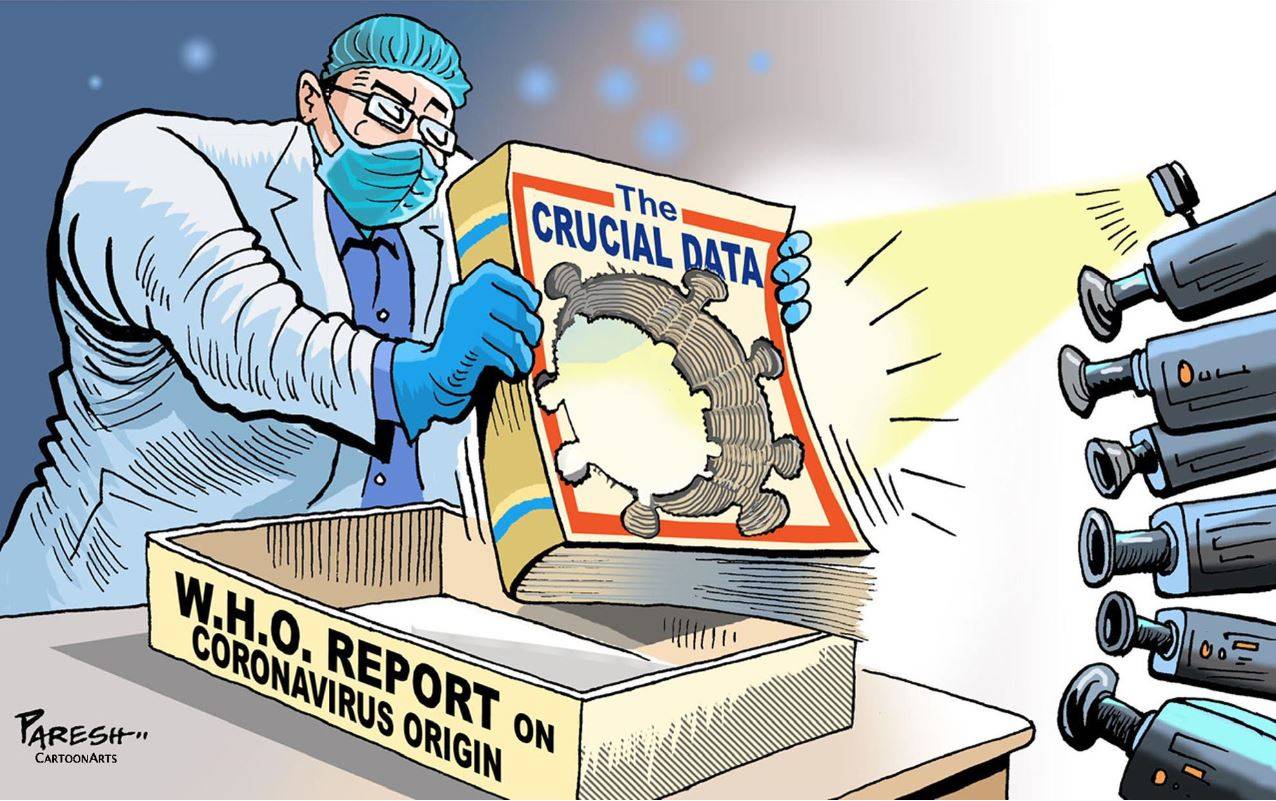The joint investigation by researchers from the World Health Organization (WHO) and China offers insight — not answers — into the origins of the COVID-19 outbreak that has transformed the world. While its details are helpful, study participants and informed observers continue to focus on the many unknowns that persist after release of the report last week. Politics and science have battled for supremacy — and it looks like politics prevailed.
Questions have swirled around the origins of the COVID-19 pandemic that swept the world last year. While virtually all evidence pointed to China as the source of the outbreak, precisely when the disease appeared and where it came from are bitterly contested. The WHO-China report places the start of the outbreak in the second half of 2019, somewhat earlier than thought; the world was first alerted to the existence of the novel coronavirus in January 2020 as the city of Wuhan grappled with a strange and virulent disease.
The report offers four theories on the origins of COVID-19 and concluded that transmission of the virus from bats to humans through another animal is the most likely scenario. Direct spread from bats to human was likely; spread to humans from the packaging of “cold-chain” food products, a theory popular in China, was possible; a leak from the Wuhan Institute of Virology, a hypothesis advanced by critics of Beijing made especially forcefully by Trump administration officials, is “extremely unlikely.”



